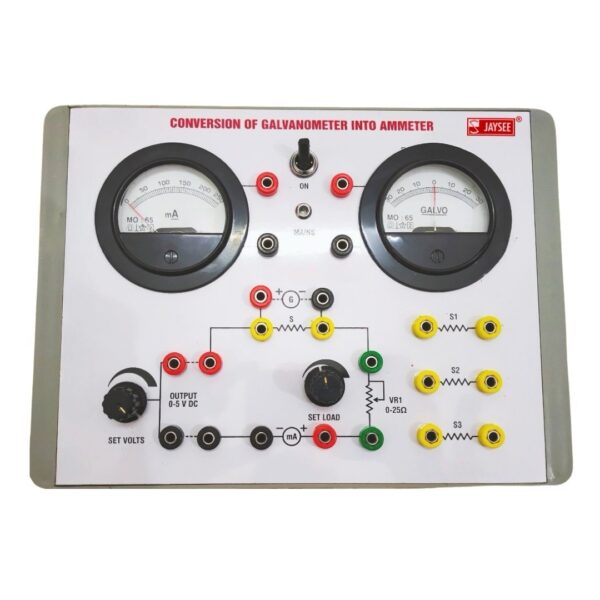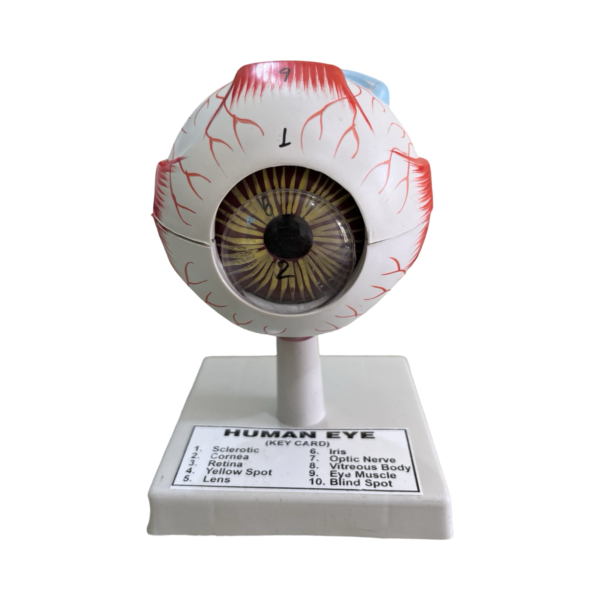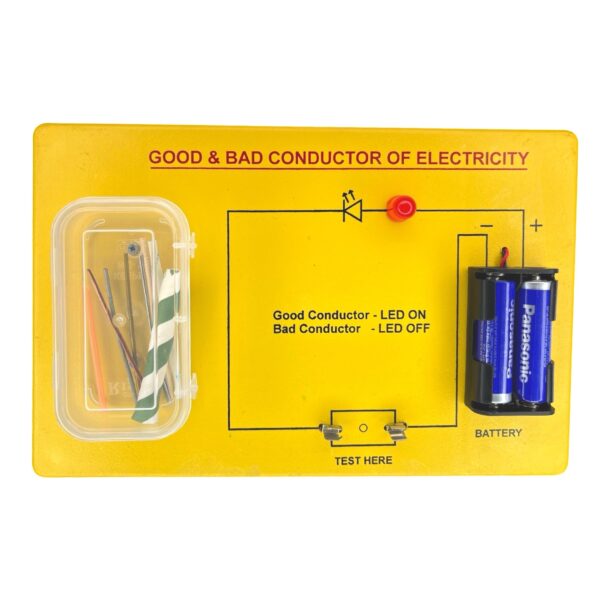-29%
-
Pick up from the Samtech Store in Ambala
To pick up today
Free
-
Courier delivery
Our courier will deliver to the specified address
4-5 Days
200+


Good and Bad Conductor Kit is designed to help school students learn about the conductive properties of different materials. By demonstrating which materials are good or bad conductors of electricity, this kit provides hands-on experience and helps students gain a deeper understanding of the topic. Whether used in a classroom setting or for individual study, this kit is a valuable resource for anyone looking to learn more about the fascinating world of electrical conductivity.
₹350 Original price was: ₹350.₹250Current price is: ₹250. (Exc. GST)
To pick up today
Free
Our courier will deliver to the specified address
4-5 Days
200+
Our Good and Bad Conductor Kit helps to understand. Electricity is a fascinating topic that has captivated humans for centuries. It powers our homes, our vehicles, and our gadgets, making our lives easier and more convenient. However, not all materials are created equal when it comes to conducting electricity. Some materials are good conductors of electricity, while others are not. In this article, we will explore what makes a material a good or bad conductor of electricity.
A good conductor of electricity is a material that allows electricity to flow through it easily. Materials like copper, aluminium, and gold are good conductors because they contain free electrons that are able to move from one atom to another. These free electrons allow an electric current to flow through the material, making it an efficient conductor of electricity. This is why these materials are commonly used in electrical wiring and circuits.
On the other hand, materials like rubber, glass, and plastic are bad conductors of electricity. These materials do not have free electrons that can move around easily, which makes it difficult for electricity to flow through them. This is why electrical wires are often coated with rubber or plastic insulation to prevent electric shock and other hazards.
It’s important to note that some materials can be both good and bad conductors of electricity depending on certain conditions. For example, water is a poor conductor of electricity when it’s pure, but it becomes a good conductor when it’s mixed with salt or other impurities.
In addition to their ability to conduct electricity, materials also have different levels of resistance to electrical current. Resistance is the measure of how much a material opposes the flow of electricity. Materials with low resistance are good conductors of electricity, while those with high resistance are bad conductors. This is why light bulbs and other electrical appliances are designed to have specific levels of resistance to ensure they work properly.
In conclusion, understanding what makes a material a good or bad conductor of electricity is important for anyone who works with or relies on electricity. Knowing the properties of different materials can help us make informed decisions about how to use them safely and effectively. Whether you’re an electrician, a scientist, or just curious about how things work, understanding the basics of conductivity and resistance can help you appreciate the wonders of electricity even more.
In stock
In stock
In stock
No account yet?
Create an Account
SAMTECH INSTRUMENTS
Typically replies within minutes
Any questions related to Good and Bad Conductor of Electricity Kit?
🟢 Online | Privacy policy
WhatsApp us

